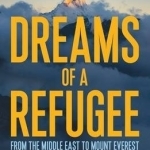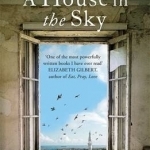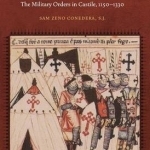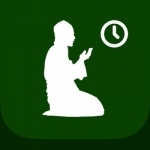
Quran IQ: Study Guide to Learn the Arabic Language
Education
App
Learn to read, pronounce and understand Qur’anic Arabic with Quran IQ, the ultimate learning app...

Dreams of a Refugee: From the Middle East to Mount Everest
Book
Dreams of a Refugee is the extraordinary story of Mostafa Salameh, born in Kuwait to Palestinian...

A House in the Sky: A Memoir of a Kidnapping That Changed Everything
Amanda Lindhout and Sara Corbett
Book
A House in the Sky is the dramatic and redemptive memoir of Amanda Lindhout, a woman whose curiosity...

Ecclesiastical Knights: The Military Orders in Castile, 1150-1330
Book
"Warrior monks"-the misnomer for the Iberian military orders that emerged on the frontiers of Europe...

ArabianDate - Find Arab Love
Social Networking and Lifestyle
App
Focus your dating on the Arab region and meet beautiful single Arab women and men looking for their...

Prayer times ® Muslim Toolbox
Lifestyle
App
*** Prayer times and Qibla: Accurate and Free *** « Prayer times ® Muslim Toolbox » is an iPhone...

Noble Quran with Audio (Holy Koran in English)
Book and Education
App
The Noble Quran, also informally known as the Hilali-Khan translation Interpretation of the...

Muslim Mate - Prayer Times, Quran & Azan Alarms
Reference and Lifestyle
App
Get your hands on the most advanced and comprehensive Islamic mobile application that intends to...

Muslim Mate Pro - Prayer Times, Quran & Azan Alarm
Reference and Lifestyle
App
Get your hands on the most advanced and comprehensive Islamic mobile application that intends to...
